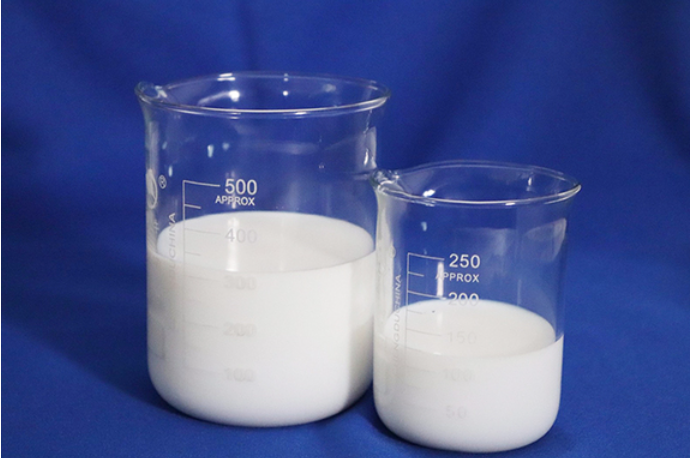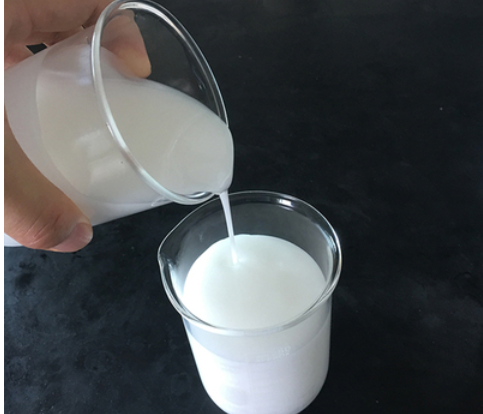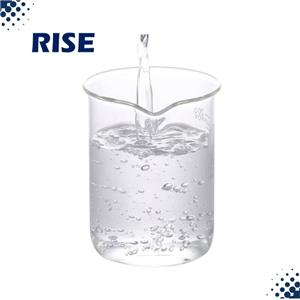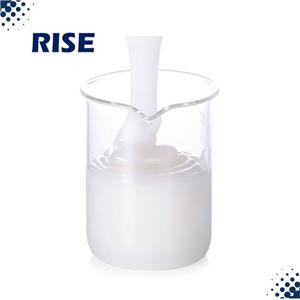About the advantages of polysiloxane defoamer
Defoamer, also called antifoam, is mainly used to control and eliminate foam produced in industrial production. Foam itself is a thermodynamically unstable system, formed by the dispersion of gas in liquid, in which gas is the dispersion phase and liquid is the dispersion medium. The elimination of foam will reduce the free energy of the system, because its total surface area decreases.
The defoaming effect of defoamer is usually based on their extremely low solubility and lower surface tension in foaming liquids. When the defoamer is added to the foam system, its droplets will penetrate the foam film. The defoamer reduces the surface tension of the contact part, while the surface tension of the surrounding foam remains unchanged, resulting in rapid drainage and thinning of the liquid film. Then, the defoamer drops will span and extend, causing the contraction of the film, and eventually leading to the rupture of the foam, achieving defoaming.

About Organic Polysiloxane defoamer
Polysiloxane defoamer are considered one of the most ideal and promising defoamers due to their excellent performance. Defoamer antifoam is usually used in combination with hydrophobic modified silica particles to enhance defoaming effects. This combination utilizes the interfacial activity of solid particles, known as the Pickering effect, to promote the penetration of defoamer droplets through the foam film, thereby improving defoaming efficiency.
Advantages of Polysiloxane defoamer
1. Wide applicability
Due to its unique chemical properties, polydimethylsiloxane defoamer is not soluble in water or liquids containing polar groups, nor are they compatible with hydrocarbons or organic compounds containing alkyl groups. This makes polydimethylsiloxane defoamers widely used for defoaming in aqueous and oily systems.
2. Low surface tension
The silicone polydimethylsiloxane defoamer has low surface tension, and the surface tension of silicone oil with medium viscosity is about 20~21mN/m, far lower than water (72mN/m) and other common liquids, which helps its diffusion and foam destruction in the defoaming process.
3. Efficient defoaming ability
Polysiloxane defoamer can not only effectively destroy the formed foam, but also significantly inhibit the production of foam. Its use amount is very small. Usually, it only needs to be added to one millionth of the weight of the foam system to achieve defoaming effect. The commonly used dosage range is 1~100ppm.

Organosilicon polysiloxane defoamer also has high thermal stability, good chemical stability, and physiological inertness. Due to these comprehensive advantages, organic silicon defoamers are increasingly being used to replace other types of defoamers. Especially in the fields of medicine, healthcare, food processing, and fermentation industry, organosilicon defoamers provide unparalleled advantages due to their unique properties compared to other defoamers.
Click to learn more about silicone defoamer




